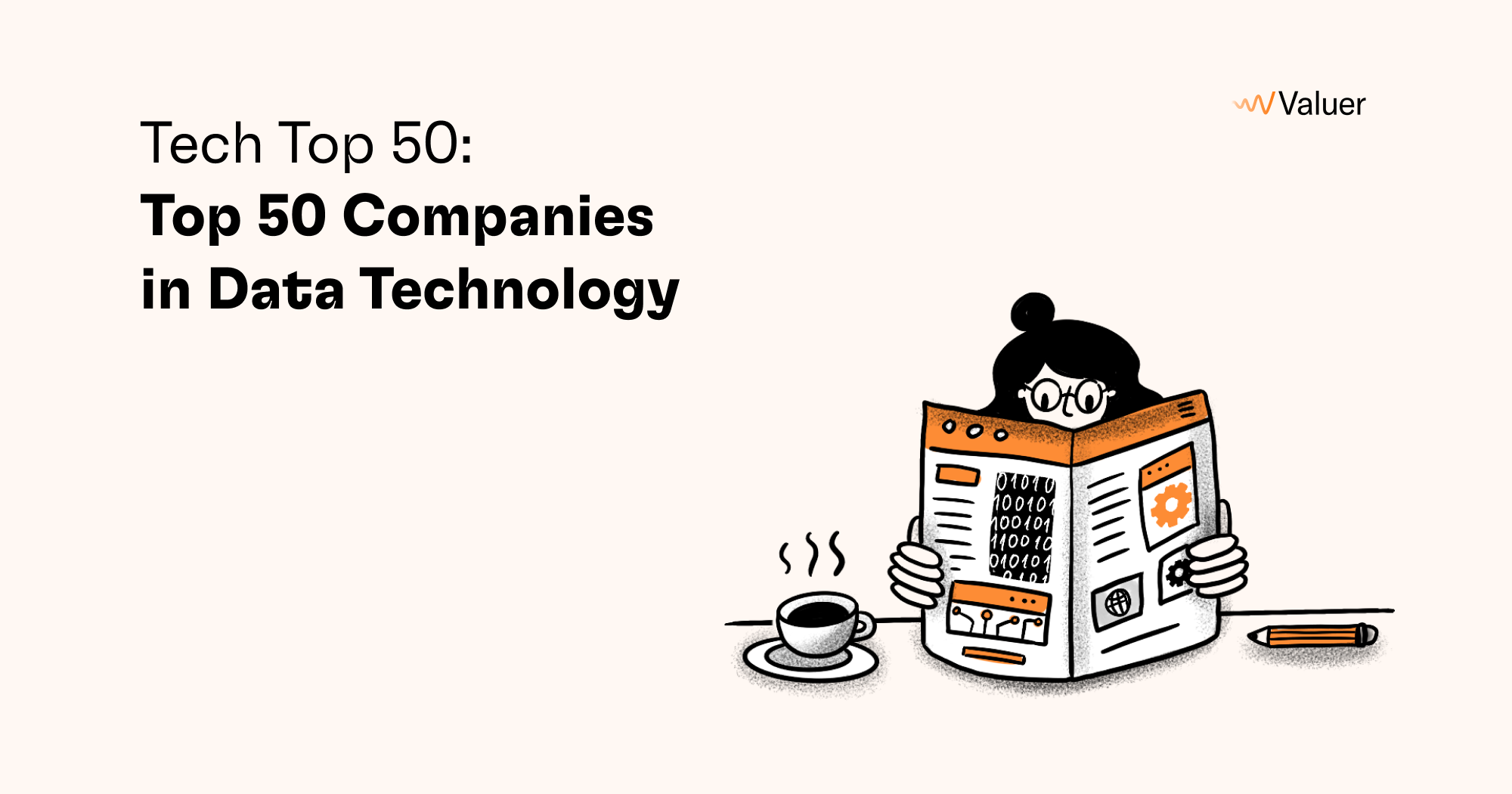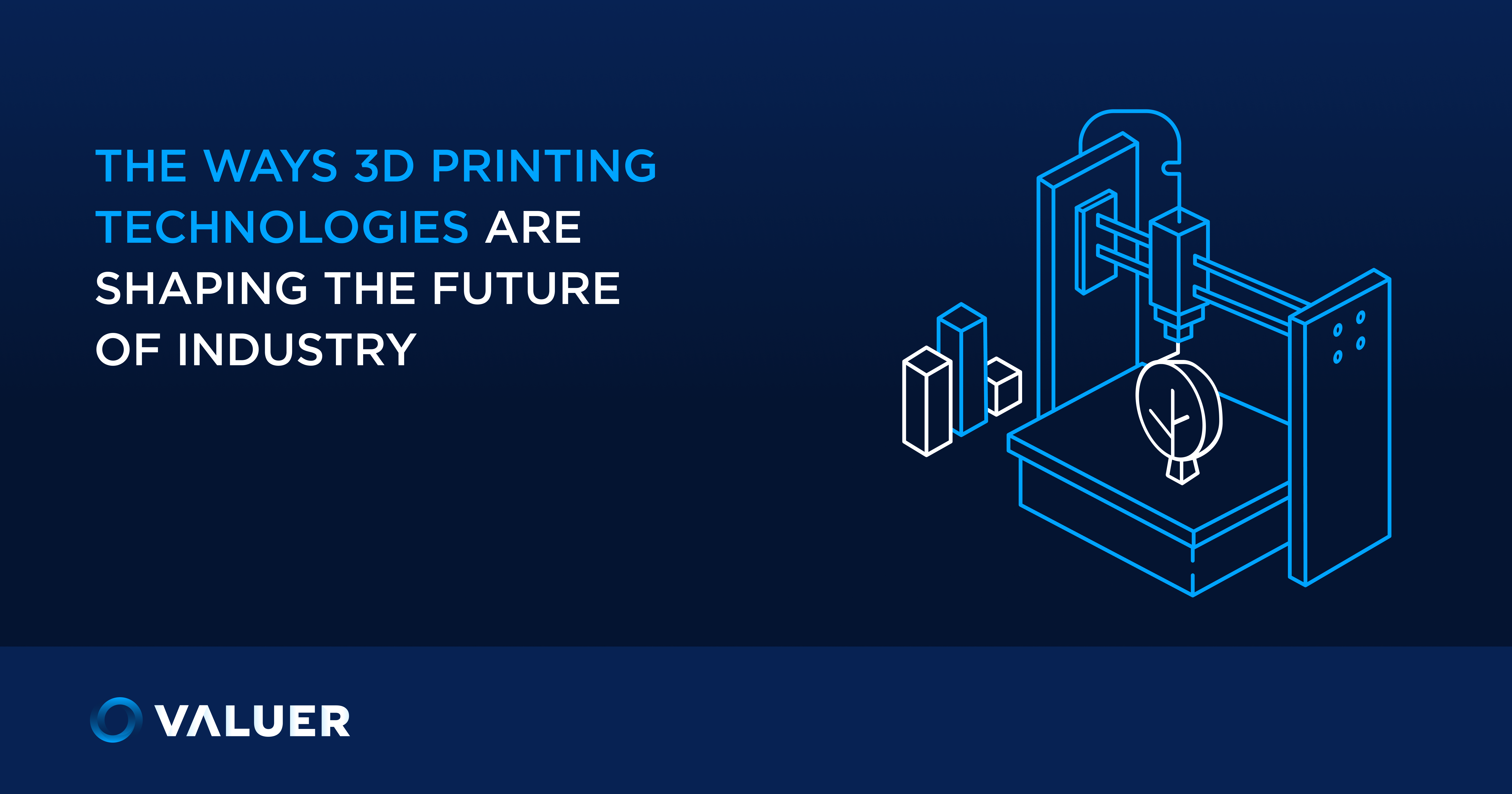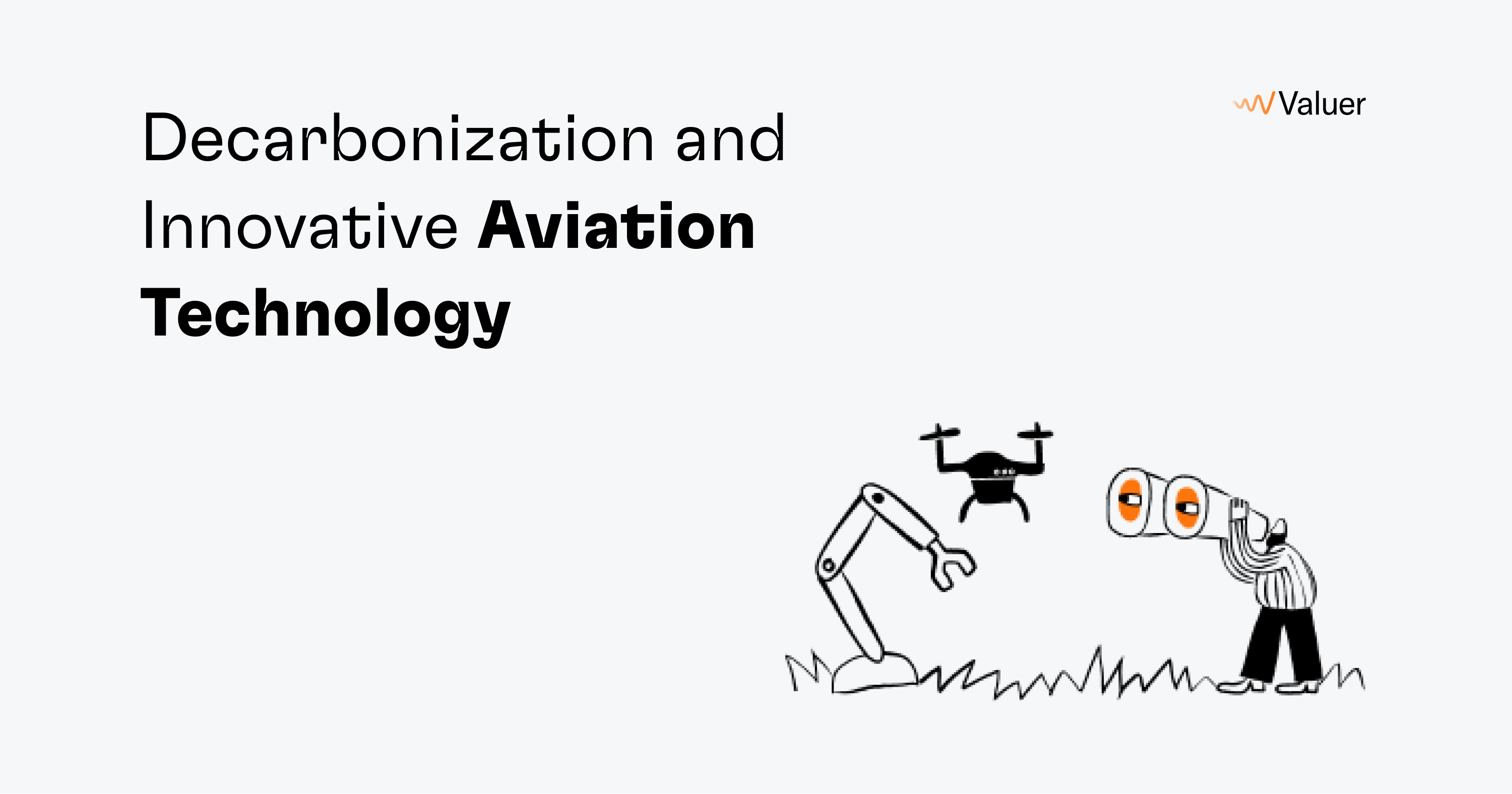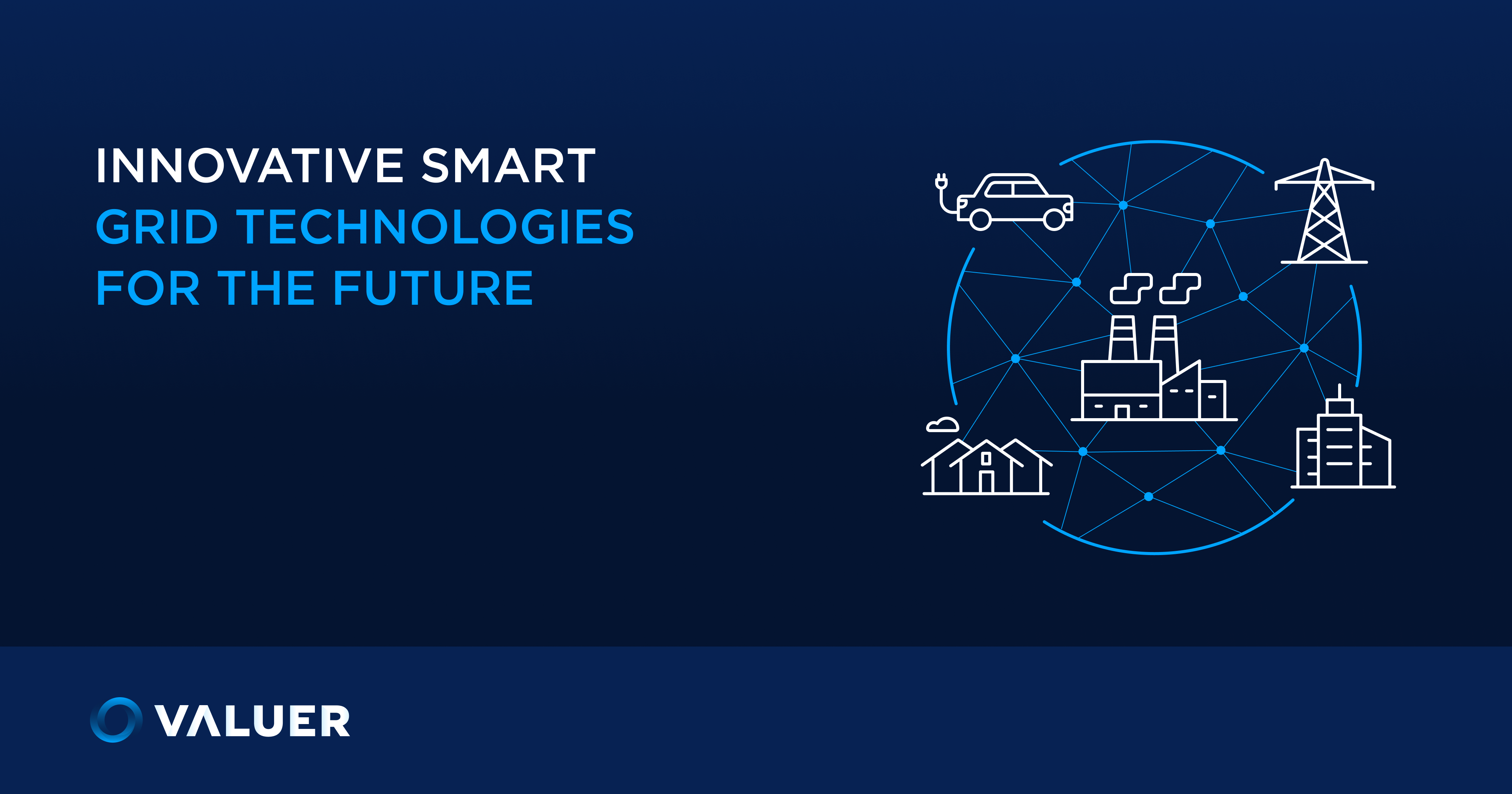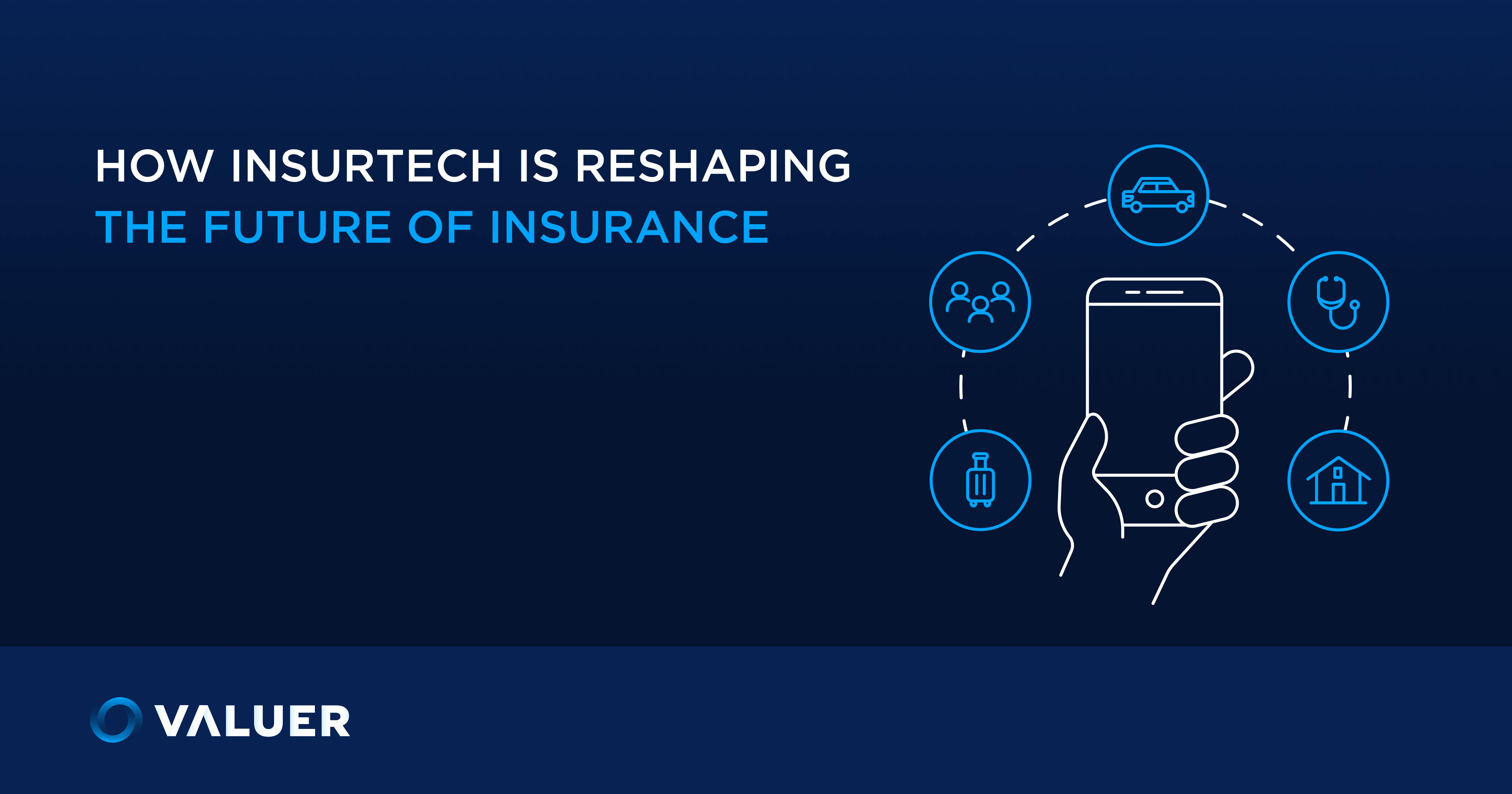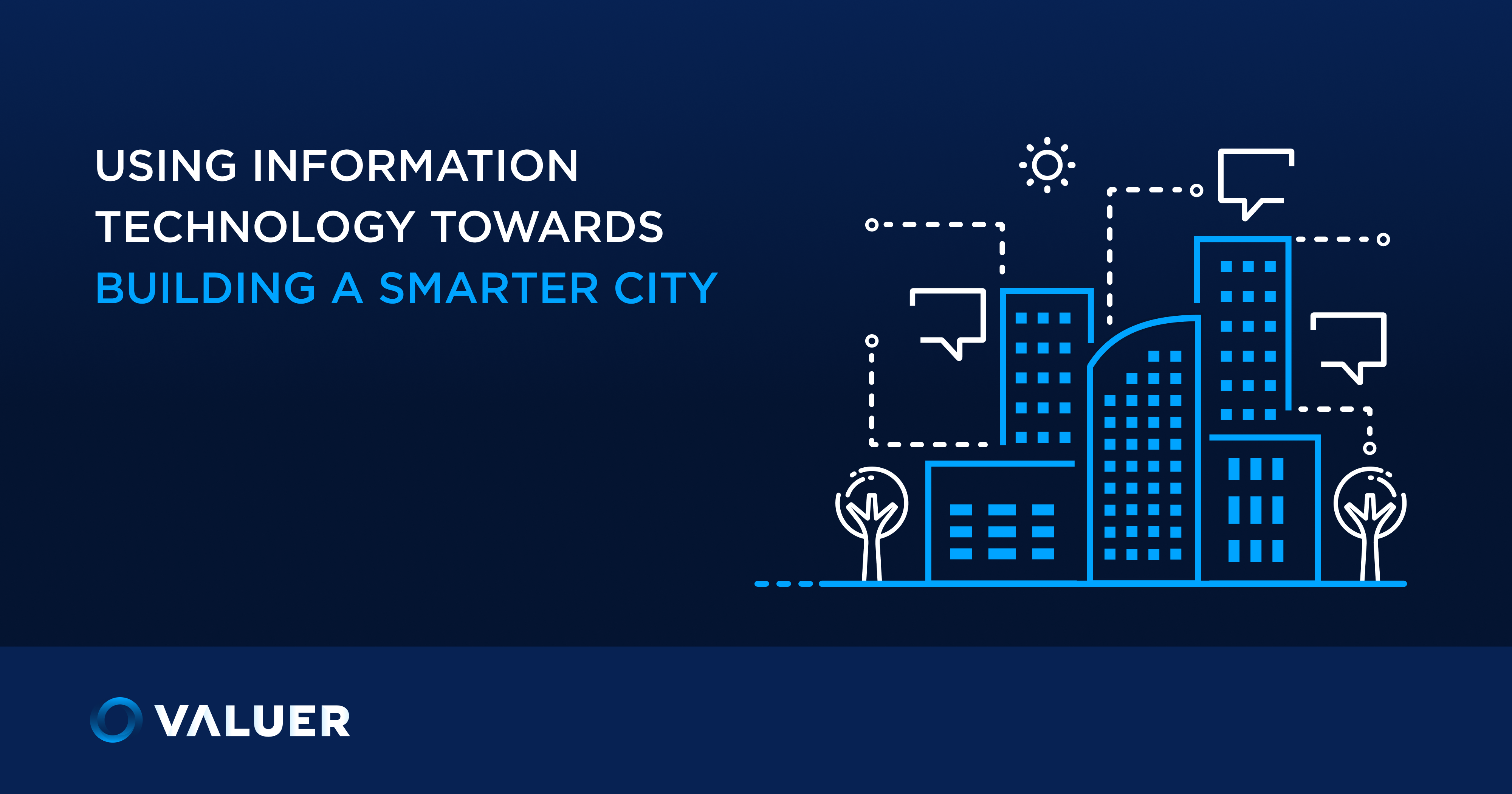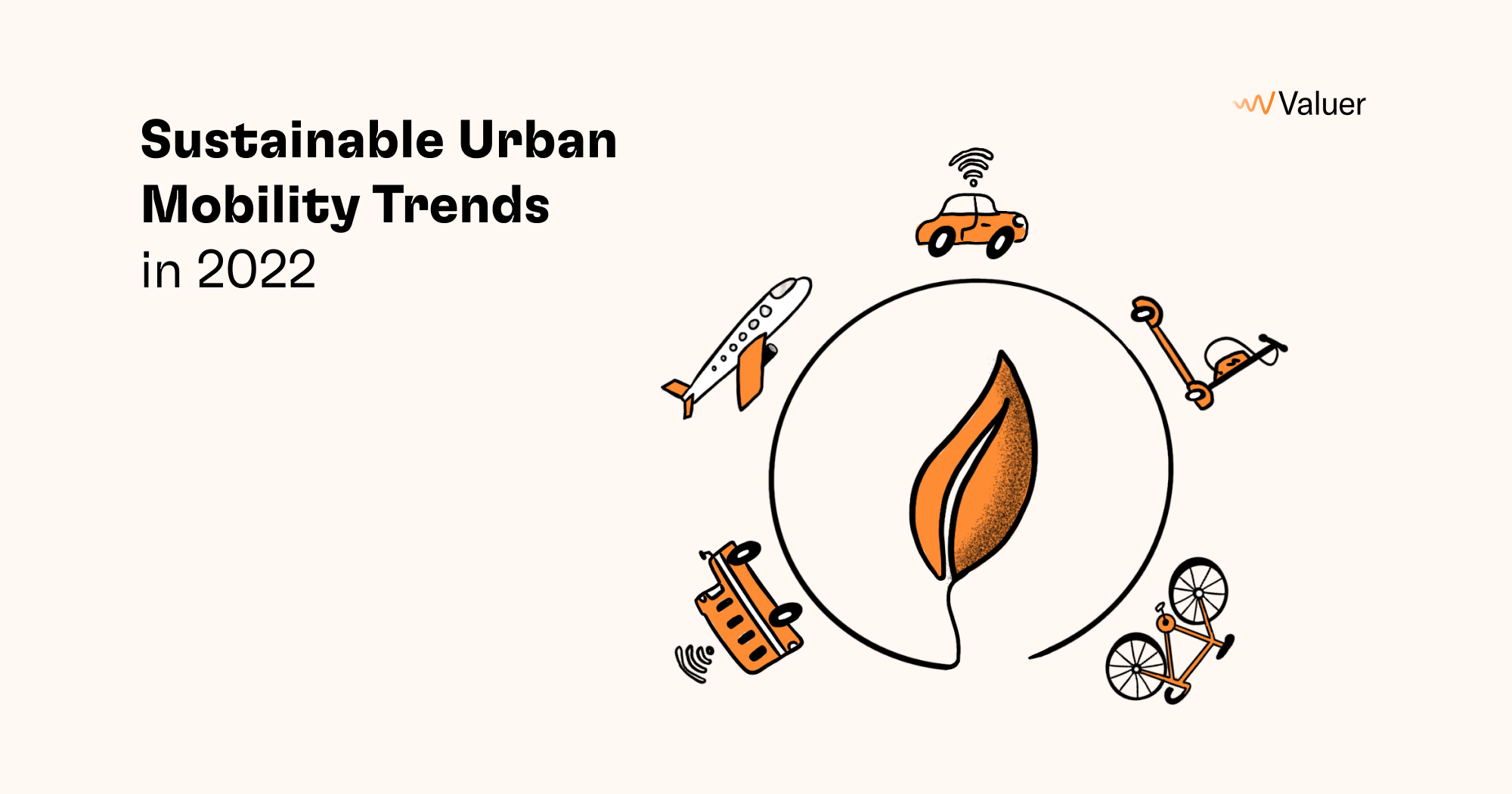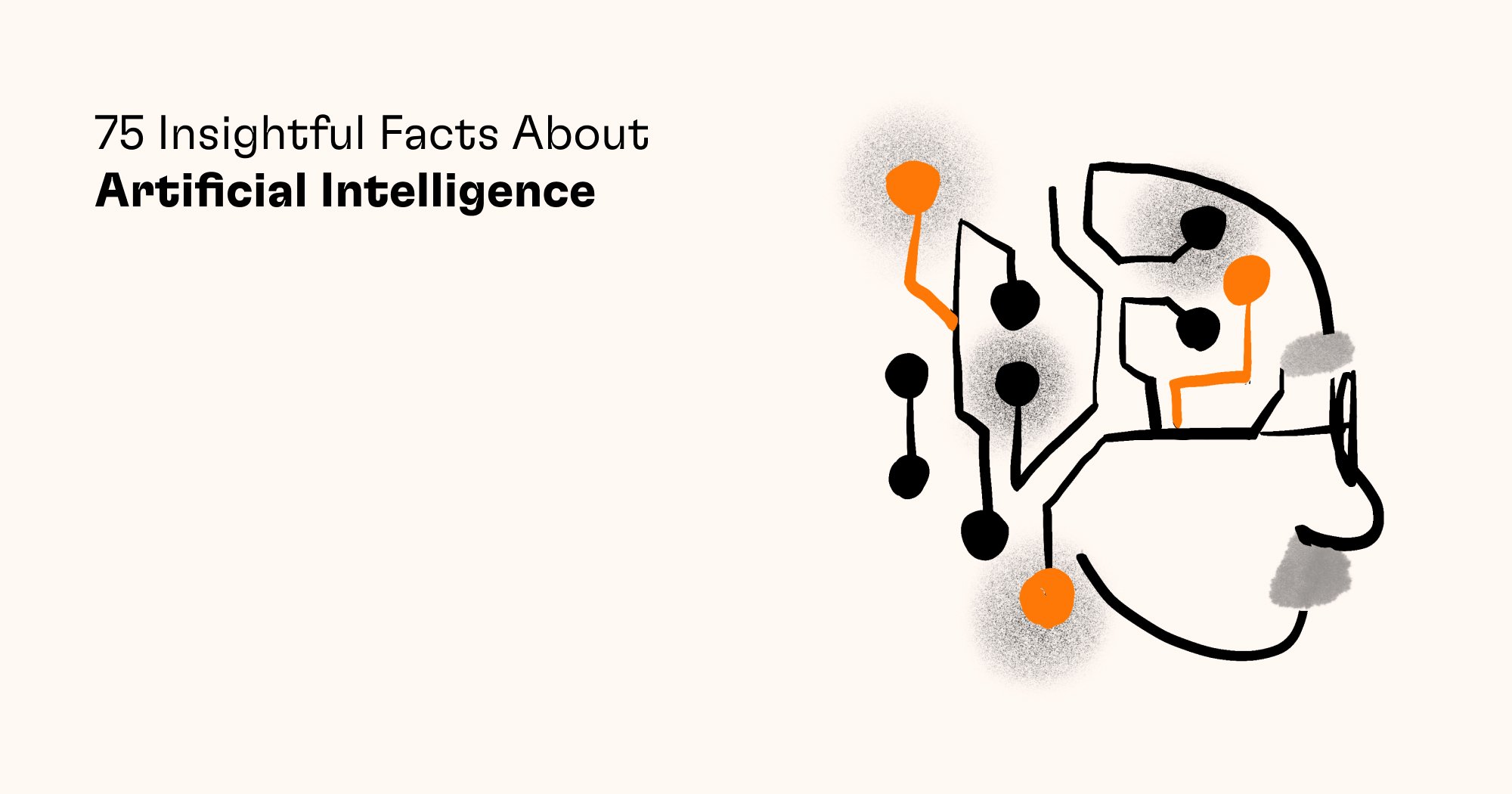Data technology or datatech has become a cornerstone in sourcing and interpreting information to optimize various business processes. Some of the most popular advanced data technologies - such as big data, predictive analytics, AI, IoT, and Blockchain - have been touted as the central, interconnected tools that put the “intel” in data intelligence technologies.
But are these advanced data technologies just buzzwords, or have they already proven their worth? Which ones are already in mass use, and which ones are yet to be explored to their full potential? And how can we know that those still in the early stages of development are worth the time and investment?
[Related Article - Top 50 Companies in Data Technology]
For an R&D professional, these questions are crucial. This is because R&D teams need to future-proof their initiatives to avoid risky investments but manage to stay ahead of the competition.
Today, we will evaluate these five popular data technologies - what they are, their current applications, and whether they’re future-proof - to arm R&D specialists with additional knowledge during their risk assessment.
First things first: what is data technology?
Data technology or datatech refers to the management of data with the purpose of extracting insights and conclusions from large datasets. Data technology solutions combine various tools to arrive at actionable insights.
Though datatech is especially prevalent in marketing, it also has applications in numerous sectors like manufacturing, shipping, inventory, logistics, business processes and intelligence across industries, etc. Datatech utilizes tools such as AI, Predictive Analytics, and Big Data, among others, to arrive at solutions. Now, let's get into some of these data technology tools.
Big data technology
Let’s start with a massive trend in technology, the field of big data technologies. We will go into an overview of the technology in general and look at its current state of application and maturity.
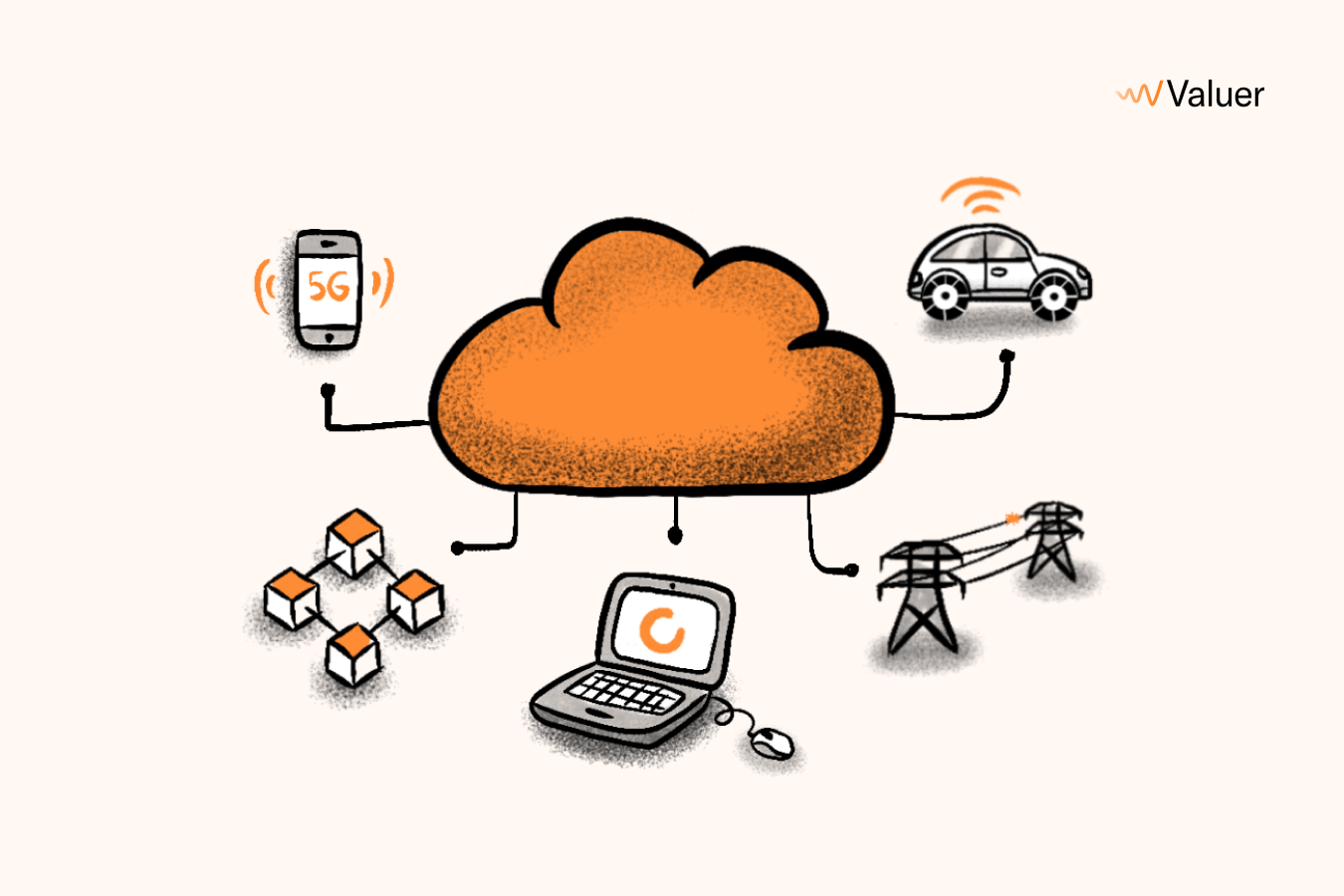
The origins of the term: What is big data?
The term “big data” in the digitized context emerged around the mid-1990s and has been credited to computer scientist John R. Marshey. Others attribute the coining of the term to Roger Maugalas in 2005, who used “big data” to refer to the large data sets that were ushered in by the dawn of the internet and at the time were almost impossible to manage with the existing tools. But from the mid-90s to today, the speed at which data is generated and its total volume have become staggering.
For instance, the total volume of data that’s globally created, captured, consumed, and copied is expected to reach 180 zettabytes by 2025, and zettabytes are huge. Luckily, while big data has become more extensive, we’ve gotten a lot better at designing tools - or data management technology - that can manage and analyze it.
Today, the definition of big data refers to large and complex data sets that “[contain] greater variety, arriving in increasing volumes and with more velocity.” These are the 3 V's of big data: variety, velocity, and volume.
The state of big data technologies today
Big data is huge - pun not intended. But seriously, big data is far from being a buzzword. Big data applications can be found across most sectors - banking, healthcare, automation in factories, automation in business processes, transport, energy, education, entertainment, social media, and the list goes on.
This is because big data technologies interpret the information - it’s not just sitting in a box, collecting dust. Netflix used big data to become one of the prime entertainment caterers; Fitbit used it to customize its user experience. The datafication of information and the subsequent processing of that information has allowed companies to optimize workflows, predict problems, improve products, appeal to customers, etc.
For R&D investors wondering if big data solutions are worth investing in, the answer is a resounding yes. Of course, as we mentioned in another article about datafication, what we do with data is important and plays a crucial role in how effective it is in helping sectors and companies blossom. Big data applications must be carefully tailored to the needs of the industry, a particular company, and the needs of users and employees alike.
Predictive analytics
Predictive analytics is becoming an integral part of the datatech umbrella of technologies. As we already discussed, advanced data technologies depend on the management and analysis of data sets. Data technologies rely on algorithms and software that can extract meaning from a deep-sea of information. That’s what predictive analytics do.
What is predictive analytics?
Predictive analytics is a data technology that uses historical data to arrive at predictions about the future. A branch of advanced analytics, predictive analytics manages to produce forecasts by applying data mining, statistical modeling, and ML to historic data. This allows the advanced data technology to find patterns and thus identify potential problems, solutions, and opportunities.
Predictive analytics takes big data and uses it to extract insightful, actionable information. This allows companies to optimize workflows and tailor strategies for the future.
The state of predictive analytics solutions today
Though the term has been around for decades, it wasn’t until recent years that the potential of this datatech solution could be better utilized. Predictive analytics has become instrumental in giving businesses a competitive edge by allowing not just data-driven decisions but insights-based decisions that take less time to arrive at.
Current advances in predictive analytics solutions make it a competitive advantage that R&D specialists increasingly recognize to boost their profit, productivity, and efficiency. This is because predictive analytics has reached the point where it can help businesses deal with growing amounts and types of data with user-friendly, fast, and cheap data technology software.
Growing numbers of big data companies allow SMEs, and not just big businesses, to harness the power of predictive analytics solutions at a time when the economy is gasping for air. You no longer need an in-house specialist to read the mounds of data - you can outsource the work or use a platform that’ll give you everything you need to know.
Predictive analytics applications
Some popular predictive analytics applications include:
- fraud detection
- customer behavior analysis and customer service improvement
- the optimization of day-to-day operations in business, manufacturing, inventory management, etc.
- risk detection and minimization
But let us look at some specific predictive analytics examples. For instance, when it comes to getting the best out of marketing campaigns, the power of predictive analytics to weed out likelier buyers from "cart-abandoners" can save businesses lots of money and trouble. A clothing brand may employ predictive analytics to analyze various customers’ past behavior and predict whether they’re likely to buy a product.
Based on that, they can extend offers such as discount coupons or target them in pay-per-click marketing campaigns. If a lot of non-buyers see these ads in their social media feed, click on them, and then bounce off the site, the business is losing money on bad leads.
Predictive analytics examples extend to industrial environments, too. Paired with AI - which is next on our list - predictive analytics allow factory flow managers to mitigate risk, distribute tasks more efficiently, and even cut out unnecessary waste and energy use, which is both sustainable and cheaper.
Predictive analytics is not going anywhere, and it's accessible to businesses of all sizes today. R&D specialists will find that they’re a worthwhile investment.
AI in data technologies
You may notice a pattern here, but none of the above-mentioned data technologies can “live their best life” without the power of AI. Still, it wouldn't be an understatement to say that people are sick of hearing about AI. Sci-Fi authors and scientists have been at the edge of their seats since before the 20th century. The last decades of cinema have popularized the topic by bringing different types of AI to the silver screen - bumbling C-3PO, creepy, homicidal Hal from Space Odyssey, erratic, alcoholic, irreplaceable Bender, that devastatingly rejected kid from A.I., a leather-clad Arnold Schwarzenegger kicking through doors and promising to come back.

Well, the technology isn’t there yet - for better or worse - and today’s engineers are providing the sort of AI that can help businesses improve workflows. So even if you are sick of hearing the buzzword, it’s not for nothing. AI and ML are indispensable to data technology. Let’s take a look at the main role of AI in advanced data technologies.
AI solutions in datatech today
The relationship between AI and big data is one of mutual growth. Big data feeds AI with information, and AI, in turn, uses that information to improve its algorithm and create meaningful insights. This is also how AI solutions are an integral part of predictive analytics. In other words, without AI, big data is just a large hassle. We found that AI is crucial for automation in sectors such as manufacturing. And Forbes seems to support that:
“Research reveals that the combination of AI and Big Data technologies can automate almost 80% of all physical work, 70% of data processing, and 64% of data collection tasks.”
That sounds like a lot of work for anything short of full-scale robots. However, the various types of AI applications today make it possible. For instance, on the one hand, we have examples of AI software helping customers receive custom content like in the cases of Netflix or Amazon.
And on the other, there are AI applications in robotics, like the use of cobots in manufacturing, which allow these AI-powered machines to safely work alongside human coworkers (thanks to their sensors and IoT), learn from data and past experiences (predictive analytics), and then improve and automate workflows. AI can also be used to optimize and automate shipping, inventory, marketing, internal communications, and eventually - capital.
How does AI work in datatech?
One example is natural language processing (NLP)– a subfield of AI. NLP can help computers understand data, find connections among datasets, identify patterns and data types, automate and speed up data prep, generate models, learn from human and machine mistakes, learn by watching, interact with other programs, interpret numeric data and reframe it in an insightful, relevant conclusion, warn of dangers or anomalies, monitor processes, etc. There’s just a lot to AI and NLP that contributes to augmented analytics.
AI applications are amazingly versatile, and R&D teams will find that without AI, big data is like purchasing a book in a language you haven’t learned, going to a restaurant without a cook, or getting a guitar with no strings - useless. Luckily, there are platforms and tools to help apply AI into your business.
Blockchain technology heralds the future of datatech
Blockchain technology became popular in the wake of the crypto revolution, as some like to call it. Bitcoin and many subsequent cryptocurrencies validate their individual units of value with the help of the underlying blockchain technology.
But it’s not just in the cryptosphere that blockchain applications are aplenty. In the case of datatech, blockchain solutions have a lot to offer.
What is blockchain technology?
Blockchain is a distributed ledger of data, where multiple nodes contain information about the entire dataset or parts of it. The data is stored in blocks connected to each other (thus - blockchain) in a way that prevents manipulation or altering of verified data. Additionally, for a new block of data to become a part of the blockchain, its validity needs to be confirmed by a certain number of independent nodes. This is meant to prevent tampering and fraud.
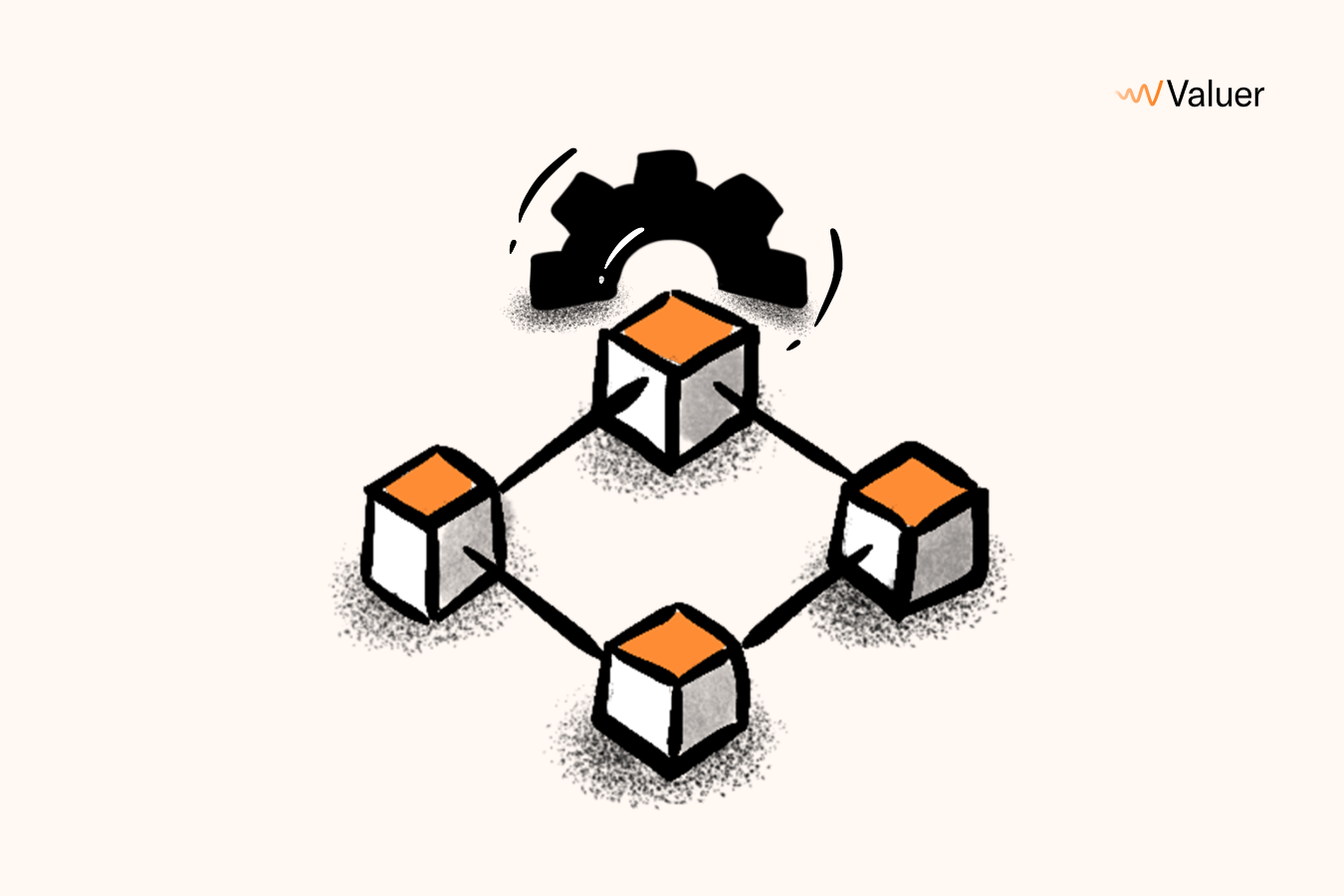
Blockchain applications in datatech
Blockchain technology can improve the transparency of supply chains, for starters. This would allow companies to gain the trust of their customers once again by giving them access to indisputable information regarding their products and services. After all, a survey on customer behavior found that 94% of correspondents want truthful, transparent information about how their food is made and what’s in it. So, placing data in these distributed ledgers allows both customer and company employees to develop trust in a particular brand.
Various applications of blockchain solutions are already present in many sectors and industries, such as healthcare, banking, stock trades, marketing, food production, industry and manufacturing, education, etc. How does it work in the broader context of data technology? Well, for instance, in the case of manufacturing, blockchain applications allow for optimizing processes like approval between departments and within teams through faster speed and increased transparency.
Blockchain solutions today
Out of all the datatech we talked about, blockchain is the least developed in the context of widespread data management. It is also the most recent. However, that’s not saying it isn’t promising. While it has not been implemented as much as other data technologies or has yet to reach the same volume of specialized datatech platforms and services, blockchain solutions can give forward-thinking R&D specialists a competitive edge that they need to remain relevant and ahead of the game in the upcoming years.
Data technology trends
The current landscape of data technologies looks promising, which is probably an understatement. The potential these technologies have for transforming products and overall business is a goldmine for any R&D professional looking for solutions and attempting to stay ahead of the game.

However, validating potential investments is no walk in the park and is resource-intensive, to say the least. If you’re interested in finding solutions to resource-heavy processes regarding validation and investment/acquisition, check out our platform and find out how it can be used as a tool and integrated into your current team.
.png?width=103&height=103&name=Untitled_Artwork%20725%20(2).png)

